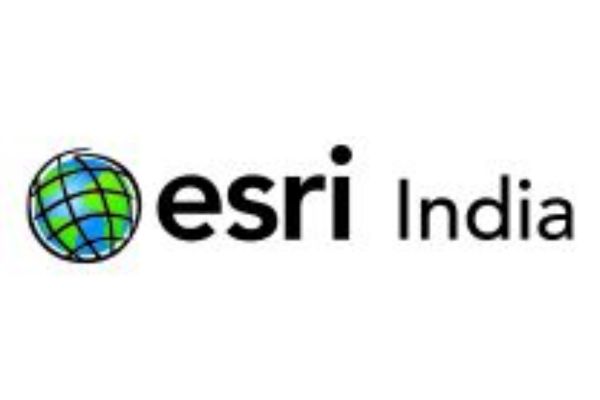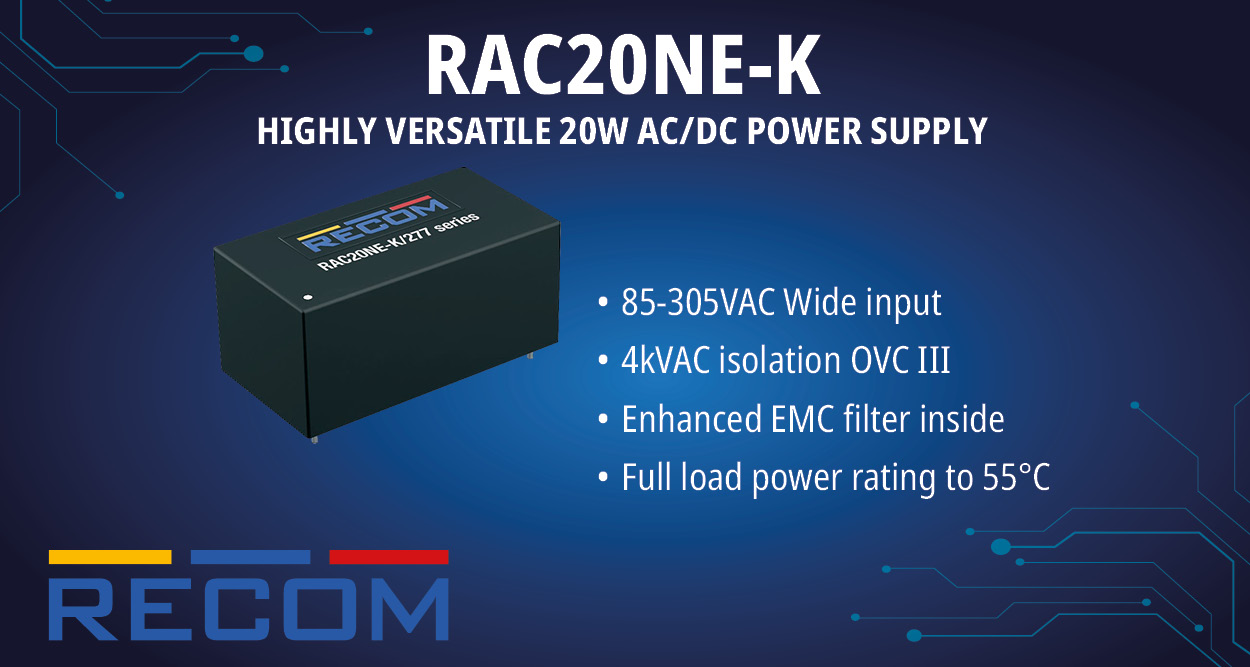As India steps up its renewable energy plans, the power transmission sector is undergoing a revolution. Transmission projects, which earlier used to have a gestation period of 36 months, are now supposed to be commissioned within 18 months—or even less—to match the fast commissioning of solar and wind energy assets. Such sectoral change requires creative solutions that guarantee on-time delivery, cost savings, and accuracy.
Sterlite Power, one of the world’s top developers of power transmission infrastructure, understood the urgent necessity to streamline its processes to counter these challenges. Having a history of delivering complicated projects ahead of schedule, the company was in search of a digital solution that would transcend the constraints of traditional, manual route planning and survey processes.
In order to make this transformation a reality, Sterlite Power collaborated with Esri India, harnessing its strong geospatial expertise in creating a first of its kind integrated GIS ecosystem for route planning and survey implementation. This strategic collaboration led to the implementation of TransAnalyst for automatically generated desktop-based routes and CanvasR, a mobile GIS app for real-time field surveys.
Powering Modern Infrastructure with GIS
Esri India’s integrated GIS ecosystem provides solutions to various pain points otherwise typical of powerline route planning. Earlier, Sterlite Power teams used to manually gather and consolidate data from various sources—forests, roads, rail lines, and other topographic restrictions—causing route generation delays and high costs. This process has undergone a sea change with the adoption of the new GIS-based workflow.
With TransAnalyst, planners can analyze several route alternatives between two substations in minutes, by varying the weighted priority of over 30 space data layers like terrain, vegetation, water bodies, soil type, and available infrastructure. The alternatives are compared based on an integrated CAPEX model, allowing cost-optimized decisions based on factors like steel consumption, conductor expense, and right-of-way (RoW) priorities.
The CanvasR mobile app supports this by offering the field crews a means to take live survey data—even in regions where connectivity is poor or non-existent—due to its highly functional offline mode capabilities. When connectivity is re-established, the information synchronizes seamlessly with the central GIS system, enabling back-office teams to analyze feedback instantly and adjust routes accordingly.
Tangible Results: Speed, Savings, and Strategic Advantage
The impact of Esri India’s integrated GIS ecosystem on Sterlite Power’s operations has been transformative. Key benefits include:
- Up to 50% reduction in route finalization time, decreasing from 60 to 30 days.
- Over 95% accuracy in route generation based on verified, pre-approved datasets.
- Significant cost savings, including an estimated ₹23 crore for a 1,000 km 765 kV transmission line.
- 100% elimination of data leakage risk due to enterprise-grade security and multi-tenant access controls.
- Better ROI and competitiveness due to accelerated project delivery and efficient resource management.
In addition, the integrated solution enables Sterlite Power to save 2–4 months on average per project and reduce repeat field visits by equipping survey teams with accurate, real-time data.
The success of the initiative is testimony to the massive potential of geospatial technology in transforming the infrastructure development ecosystem. Through combining high-accuracy spatial intelligence with real-time on-field implementation, Esri India has empowered Sterlite Power to dynamically react to changing industry requirements while maintaining its promise of excellence and efficiency.

















